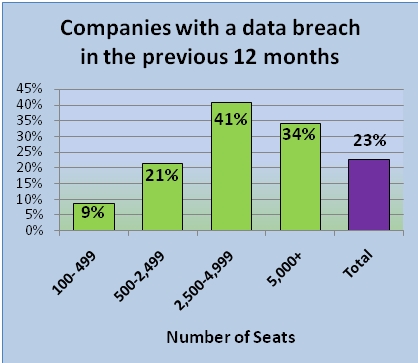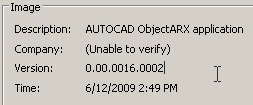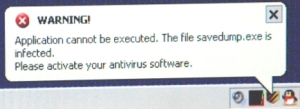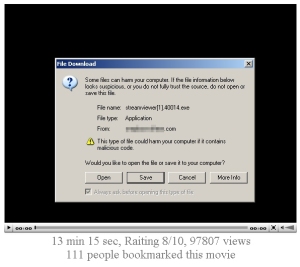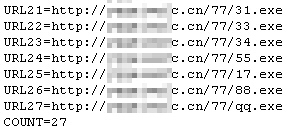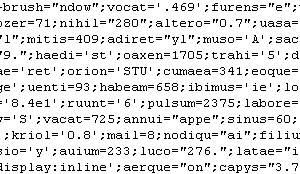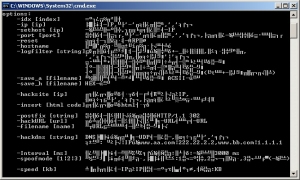 By now, you’ve most likely heard about how an ESPN reporter was victimized, and that a surreptitiously recorded video was distributed online. You may also have read that malware distributors were taking advantage of the high level of interest in this video to rapidly disseminate malware by convincing people to click links to malicious Web sites, including a fake CNN lookalike site, to watch said tawdry video.
By now, you’ve most likely heard about how an ESPN reporter was victimized, and that a surreptitiously recorded video was distributed online. You may also have read that malware distributors were taking advantage of the high level of interest in this video to rapidly disseminate malware by convincing people to click links to malicious Web sites, including a fake CNN lookalike site, to watch said tawdry video.
Well, that first wave of malware was almost identical to the distribution we saw when Farrah Fawcett died a few weeks ago. Web surfers were urged to click a link to download a picture of the late actress, and instead received an executable file which dropped, then downloaded, additional malware. Graham Cluley, who works for Sophos, pretty much nailed the story on his blog.
In our own research, we found the same things going on that he did: The piece of malware he describes (which we call Trojan-Downloader-Dermo) primarily engages in massive clickfraud, in which affiliates of advertising networks are paid each time someone clicks an advertisement in their browser. The software, in this case, is directed to “click” through hundreds of ads per minute. Occasionally, those “ads” exploit vulnerabilities in the browser to foist more malware onto the victim’s machine.
 But the malware distribution didn’t stop there. Seizing on the opportunity, another bunch of creep distributors of rogue antivirus products also began spreading the pain, using terms like “peephole video” to rank themselves high in search results. What we found was a rogue that not only lies about alleged infections on the victim’s computer, and features supposed endorsements from legitimate, respected technology publications — the award logos of PC World (and its UK counterpart PC Advisor), PC Magazine, and C|Net’s Computer Shopper grace its website — but spreads via a PDF file which exploits a relatively recently-disclosed vulnerability in Adobe’s Acrobat Reader software.
But the malware distribution didn’t stop there. Seizing on the opportunity, another bunch of creep distributors of rogue antivirus products also began spreading the pain, using terms like “peephole video” to rank themselves high in search results. What we found was a rogue that not only lies about alleged infections on the victim’s computer, and features supposed endorsements from legitimate, respected technology publications — the award logos of PC World (and its UK counterpart PC Advisor), PC Magazine, and C|Net’s Computer Shopper grace its website — but spreads via a PDF file which exploits a relatively recently-disclosed vulnerability in Adobe’s Acrobat Reader software.

































